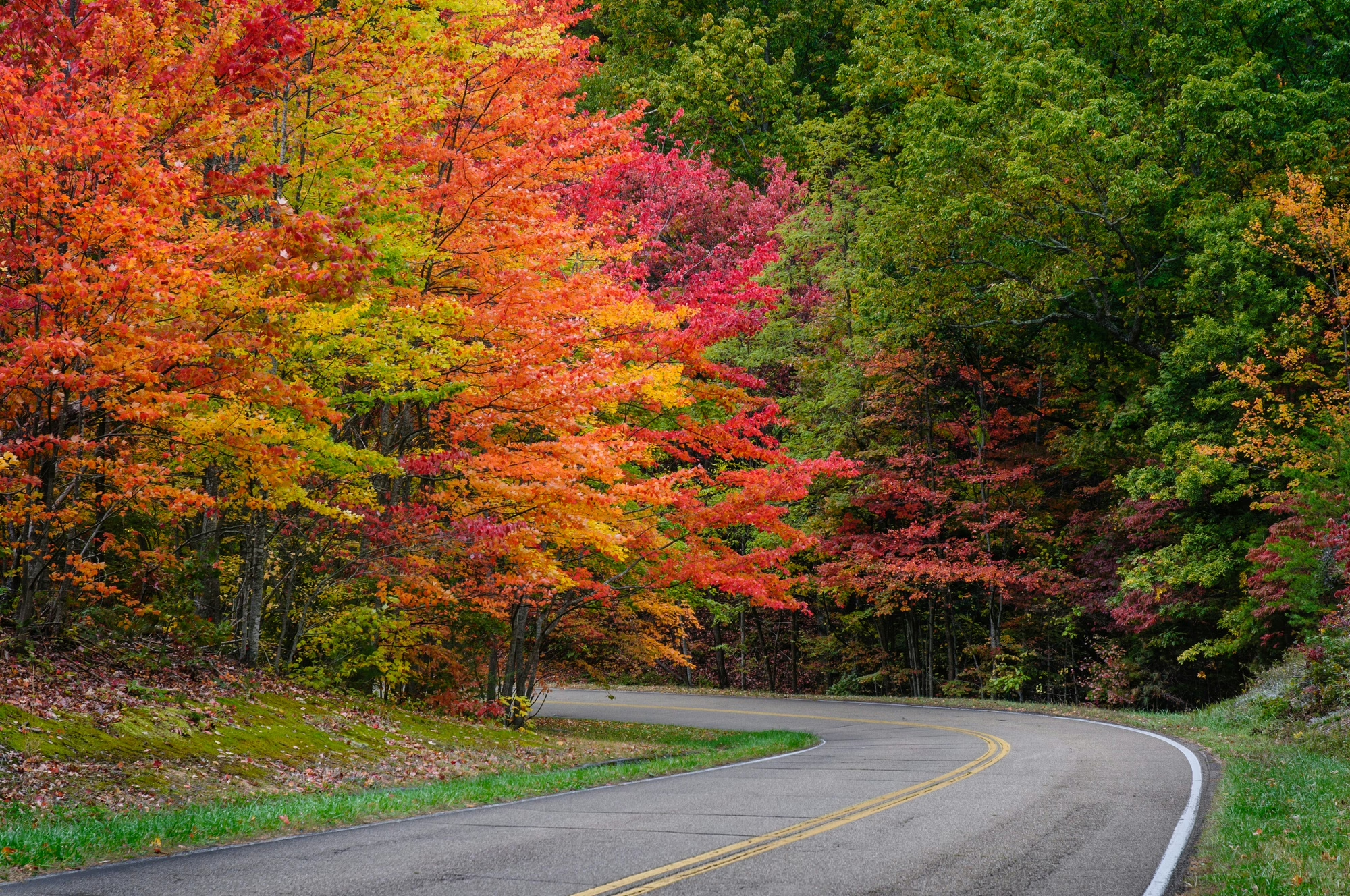John Keats’s To Autumn (1819) is widely acknowledged as the most formally perfect and philosophically serene of his six great odes. Written in the final year of his creative life, when illness and financial insecurity had begun to erode his hopes, the poem marks a quiet, radiant culmination of Keats’s poetic ideals. Unlike the existential tensions and philosophical questioning found in Ode to a Nightingale or Ode on a Grecian Urn, To Autumn embraces the transient beauty of the natural world without protest. Through richly textured imagery, personification, and soundscape, Keats captures the season not merely as a backdrop, but as a living, breathing presence—one that labours, rests, and sings.
To Autumn is also a luminous example of Keats’s celebrated principles of Negative Capability—his comfort in remaining “in uncertainties, Mysteries, doubts”—and of his Hellenic aesthetic, where the sensual, temporal, and mythic converge. The poem’s measured tone and formal grace reflect Keats’s mature poetic philosophy: to find permanence in impermanence, and to elevate ordinary natural processes into sublime artistic vision. The following analysis, attentive to punctuation, expression, and poetic device, explores how Keats uses imagery, structure, and figures of speech to transform a season into an emblem of life’s quiet, inevitable rhythm—a final ode that serenely accepts the cycle of growth and decay.
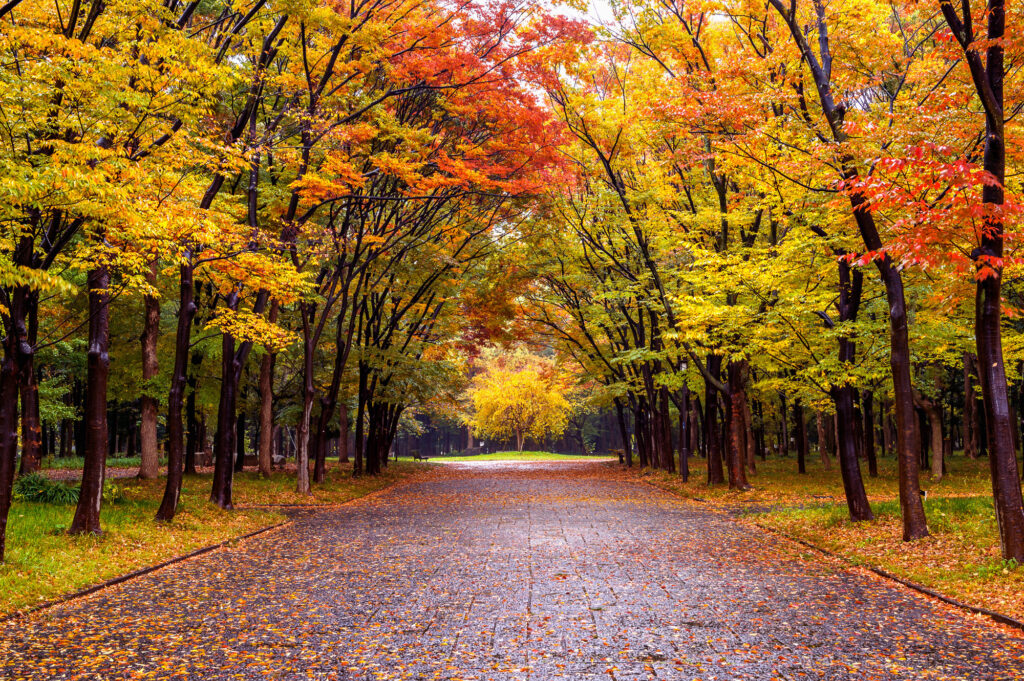
To Autumn – Stanza 1 Analysis: The Fulfillment of Nature
Season of mists and mellow fruitfulness,
Close bosom-friend of the maturing sun;
- Autumn is personified as a gentle, fertile presence, full of “mellow fruitfulness.” The sibilance (“season of mists”) creates a soft, misty mood.
- Personification is central here: autumn is a “bosom-friend” (intimate companion) of the maturing sun, suggesting harmony between time and ripening.
Conspiring with him how to load and bless
With fruit the vines that round the thatch-eves run;
- Autumn and the sun “conspire” (plan together) not to deceive but to bless nature with abundance.
- The imagery of vines running around thatched eaves (roofs) evokes a rural, domestic setting.
- The use of enjambment here emphasizes the flowing richness of the season.
To bend with apples the moss’d cottage-trees,
And fill all fruit with ripeness to the core;
- The trees are so full of apples that their branches bend—hyperbole emphasizes bounty.
- The phrase “to the core” suggests completeness and thoroughness of ripening—nothing is left undone.
To swell the gourd, and plump the hazel shells
With a sweet kernel; to set budding more,
- Visual and tactile imagery dominates: gourds swelling, hazel nuts plumping.
- The phrase “sweet kernel” offers gustatory imagery (sense of taste).
- Polysyndeton (“and… and…”) adds to the sense of overflowing abundance.
And still more, later flowers for the bees,
Until they think warm days will never cease,
- Even in late autumn, flowers bloom for the bees, extending nature’s productivity.
- The personification of bees “thinking” the days will never end reflects the illusory permanence of warmth and fertility.
For summer has o’er-brimm’d their clammy cells.
- Summer has overflowed (“o’er-brimm’d”) the bees’ hives (“clammy cells”) with honey.
- This metaphor reinforces the sense of superabundance.
Figure of Speech Highlights (Stanza 1):
- Personification (Autumn, sun, bees)
- Metaphor (“bosom-friend”, “o’er-brimm’d”)
- Imagery (visual, tactile, gustatory)
- Alliteration (“mists and mellow”)
- Enjambment and polysyndeton enhance continuity and flow.
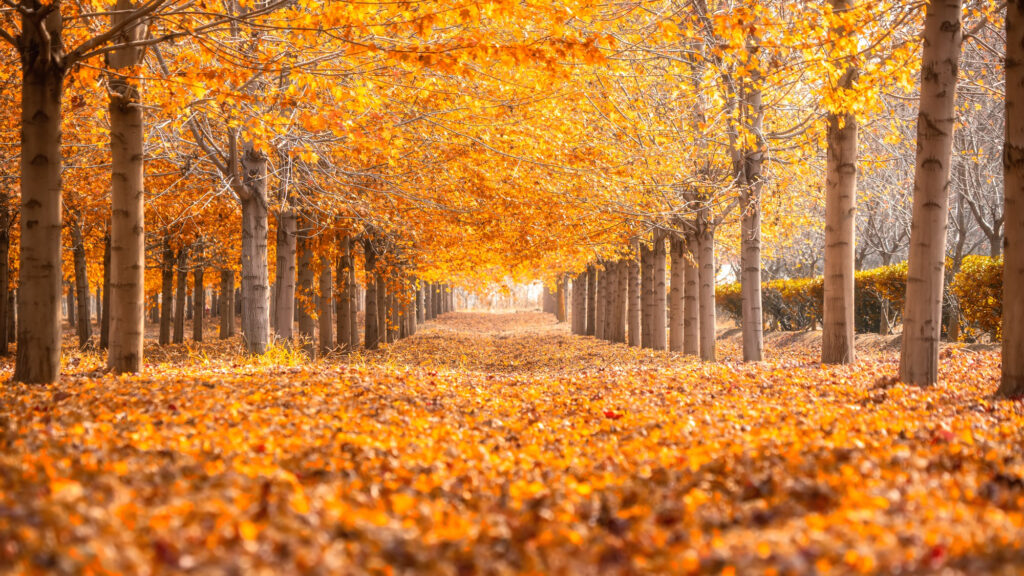
To Autumn – Stanza 2 Analysis: The Presence of Autumn in Human Labour
Who hath not seen thee oft amid thy store?
Sometimes whoever seeks abroad may find
- A rhetorical question begins the stanza: who hasn’t seen Autumn among its bounty?
- Autumn is now no longer just a season—it takes bodily form, visible in human-like activities.
Thee sitting careless on a granary floor,
Thy hair soft-lifted by the winnowing wind;
- Personification continues: Autumn is a relaxed female figure in a granary, the center of harvest.
- The “winnowing wind” (wind used in separating grain from chaff) soft-lifts her hair—gentle kinetic imagery.
Or on a half-reap’d furrow sound asleep,
Drows’d with the fume of poppies, while thy hook
Spares the next swath and all its twined flowers:
- Autumn sleeps on a partly harvested field, perhaps intoxicated by the soporific scent of poppies—a symbol of sleep and death.
- Her sickle or hook “spares” the uncut flowers—possibly suggesting a pause before decay.
- Symbolism of sleep/death arises here subtly.
And sometimes like a gleaner thou dost keep
Steady thy laden head across a brook;
- Now Autumn is compared to a gleaner (a woman who collects leftover grains), suggesting humility and care.
- The phrase “laden head” might mean she’s tired or carrying produce.
Or by a cyder-press, with patient look,
Thou watchest the last oozings hours by hours.
- She watches cider being slowly pressed—symbol of quiet endurance.
- The repetition in “hours by hours” conveys the slow passage of time.
- The entire stanza blends personification with rural imagery, portraying Autumn not only as fruitful but also laborious, passive, and reflective.
Figure of Speech Highlights (Stanza 2):
- Personification dominates
- Simile (“like a gleaner”)
- Symbolism (poppies = death/sleep)
- Rhetorical question
- Sensory imagery (touch, sound, sight)
- Kinetic imagery (hair, sleep, pressing)
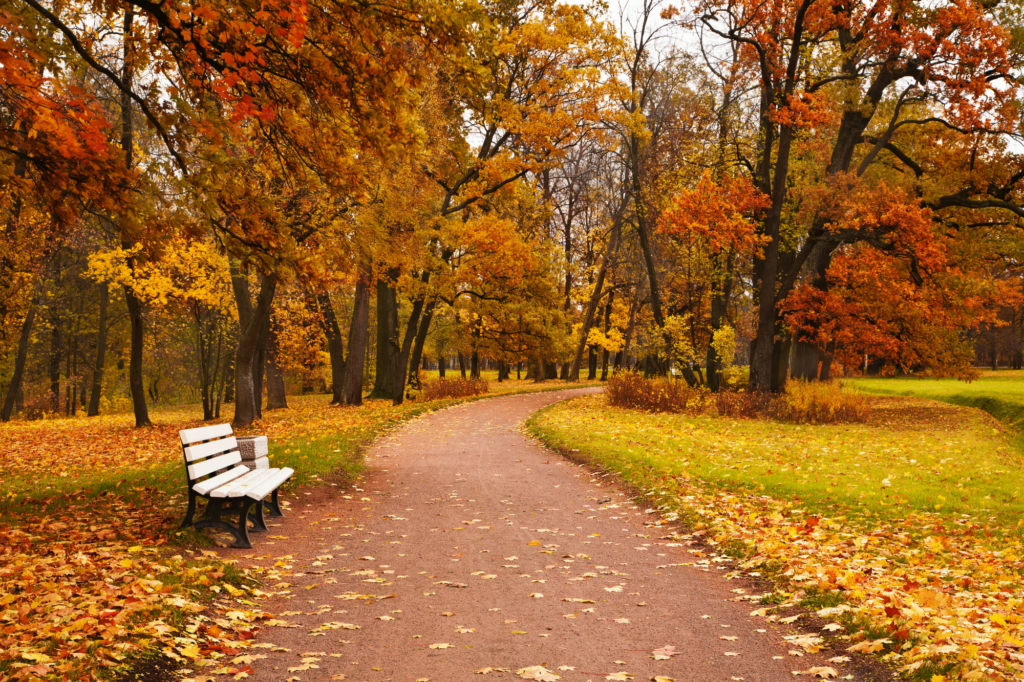
To Autumn – Stanza 3 Analysis: Autumn’s Music and the Acceptance of Decline
Where are the songs of spring? Ay, Where are they?
Think not of them, thou hast thy music too,—
- Another rhetorical question, wistful in tone: spring’s joyful music is absent.
- But the poet quickly rejects nostalgia and affirms that autumn has its own music.
- There’s an implied contrast between birth (spring) and maturity/decline (autumn), without sorrow.
While barred clouds bloom the soft-dying day,
And touch the stubble-plains with rosy hue;
- Visual imagery dominates: the sunset (soft-dying day) is cast through “barred clouds” (striped).
- The word “bloom” (usually used for flowers) is transferred to clouds: a transferred epithet and metaphor.
- “Stubble-plains” (harvested fields) glow with the sunset—beauty in barrenness.
Then in a wailful choir the small gnats mourn
Among the river sallows, borne aloft
Or sinking as the light wind lives or dies;
- Nature’s music is mournful, yet beautiful: gnats form a “wailful choir.”
- Their rise and fall mimics the dying wind—an example of pathetic fallacy, where natural elements reflect human emotions.
And full-grown lambs loud bleat from hilly bourn;
Hedge-crickets sing; and now with treble soft
The red-breast whistles from a garden-croft;
And gathering swallows twitter in the skies.
- A crescendo of autumnal sounds: lambs bleating, crickets chirping, robins whistling, swallows twittering.
- Each sound is mild and melancholic, highlighting that even in decay, life continues with its own quiet vitality.
- The swallows preparing to migrate signal the passage of time and the approach of winter.
Figure of Speech Highlights (Stanza 3):
- Pathetic fallacy (wind “lives or dies”)
- Transferred epithet (“barred clouds bloom”)
- Metaphor (“soft-dying day”)
- Personification (gnats mourn)
- Alliteration and assonance create musicality.
- Synesthesia in “rosy hue” touching soundscape.
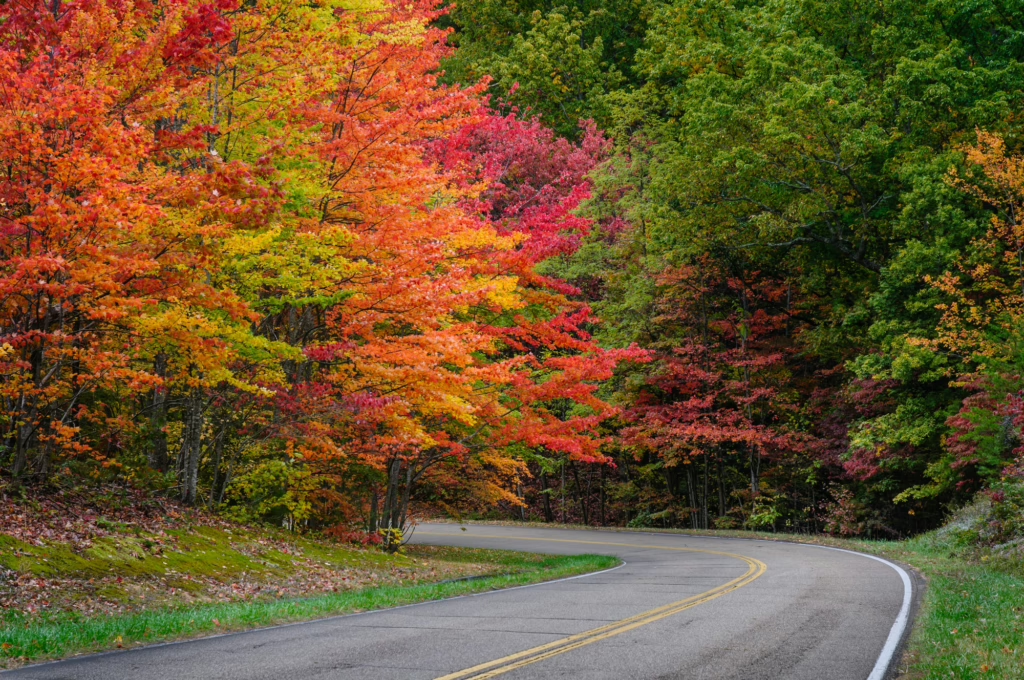
Concluding Insight
Keats’s To Autumn is a masterclass in stillness, sensuousness, and subtle melancholy. It reflects his Negative Capability—his comfort with ambiguity and lack of resolution. There is no narrative conflict here, no longing for immortality as in his earlier odes. Rather, Autumn is accepted in all its fullness, including its inevitable decline.
Figures of speech enrich every line: personification, metaphor, symbolism, imagery, and sound devices work in harmony. The ode also reflects Keats’s Hellenic ideal—beauty rooted in the sensual, temporal world—and embodies his Romantic predicament: a poet who accepts the perishability of life, yet captures its fleeting beauty in timeless verse.

